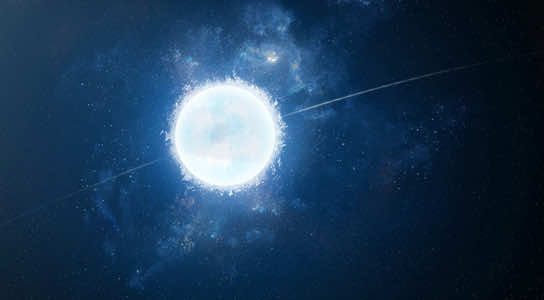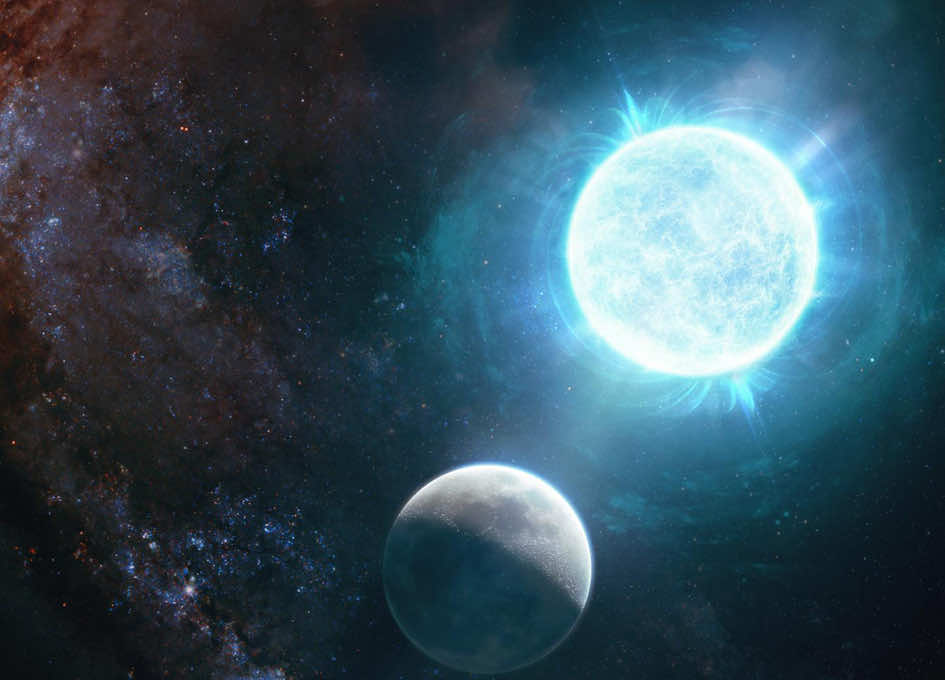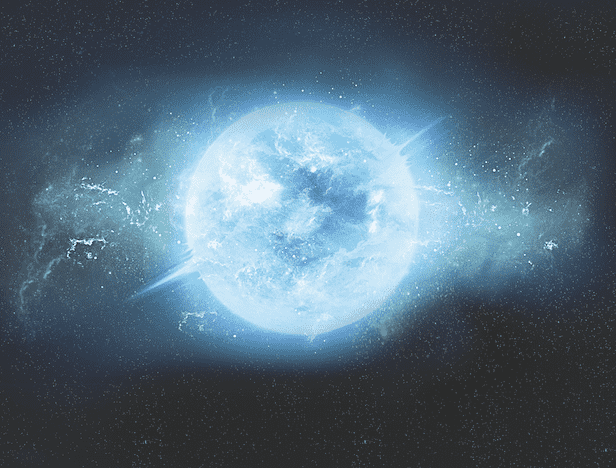Can you imagine a star as small as the moon and as massive as the sun at the same time? It’s hard to imagine it right?
ZTF J1901+1458 is one of the smallest white dwarfs ever spotted by astronomers in outer space. The star which resembles the sun was spotted merely 133 light-years away from the Earth. It was spotted with the help of a series of ground- and space-based telescopes. It is also 1.4 times more massive than the sun.
This fascinating star was spotted by the Palomar Observatory in California that searches space for any objects with sudden changes in brightness. It is a star with extreme brightness, and its characteristics and discovery were detailed in the science journal Nature.

White dwarfs are actually dying stars who, after having completed their life and after staying in orbit for billions of years, are fading away. But stars die in as grand a manner as they live. Right before their end, they turn into giant red beasts, like the famous star Betelgeuse, and then cease to exist.
And when this end nears, like most living bodies, they start to lose energy and turn cold in their core. This process releases an immense amount of energy, making it look big, but in the end, all that is left is a dense white core, a white dwarf.

The smoke of a blown-out star was observed from the ZTF data. After analyzing the data from different space agencies, the space scientists concluded that it is something special. It was in a swift rotary motion and was as massive as a white dwarf could get.
The team also made an exciting discovery. The white dwarf may have been a couple of stars that courted each other for billions of years before colliding and creating a much more massive star.
“We caught this interesting object that wasn’t quite massive enough to explode,” said Ilaria Caiazzo, an astrophysicist at Caltech and lead author of the new study, in a press release. “We are truly probing how massive a white dwarf can be.”

What lies ahead of the white dwarf is a question that needs to be answered.
“This is highly speculative, but it’s possible that the white dwarf is massive enough to further collapse into a neutron star,” said Caiazzo.
“There are so many questions to address,” notes Caiazzo.


